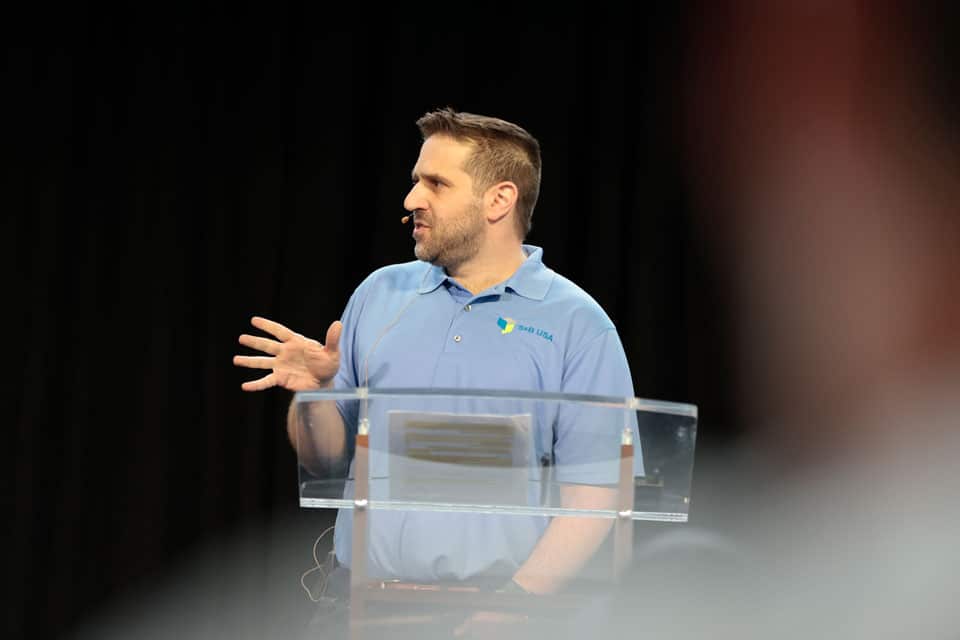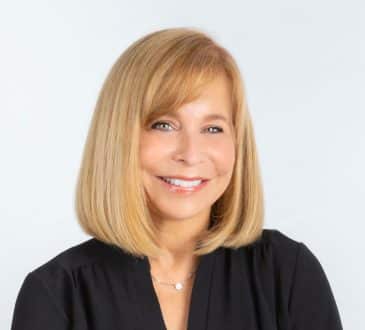Glocalization: A Blueprint for American Infrastructure Renaissance

In the intricate dance of global interconnectedness and local dynamics, a paradigm emerges—glocalization. This fusion of global expertise with local insights heralds a new era in infrastructure development, offering a blueprint for revitalizing America’s aging infrastructure. As we stand at the crossroads of progress, understanding the essence of glocalization becomes paramount, for it not only ensures project success but also catalyzes far-reaching benefits across communities, economies, and the nation as a whole.
The Imperative for Change
Infrastructure projects have long been the bedrock of American progress, fueling economic growth and enhancing the nation’s competitive standing. Yet, beneath the veneer of prosperity lies a stark reality—a widening chasm between the demand for reconstruction efforts and available funding. As much of the country’s infrastructure was erected in the 1960s, the urgent need to address its deterioration looms large. With an estimated one in three bridges requiring replacement, the time for action is now. Despite unprecedented federal funding, the United States finds itself trailing behind as the world embraces innovative models for mega projects. It’s a race against time to overhaul our approach before irreparable damage sets in.
The Role of Mega Projects
Mega projects, those typically exceeding $1 billion in investment, represent ambitious endeavors that shape the nation’s landscape and trajectory. These projects encompass major bridges, highways, ports, new or upgraded mass transit systems, among others. Characterized by their sheer scale and complexity, mega projects serve as the cornerstones of national development, driving economic growth, enhancing connectivity, and fostering innovation.
Enterprises of such magnitude, however, encounter unique challenges when entering the American market. Regulatory hurdles, logistical complexities, and a lack of experience often impede their progress. Yet, those that persevere not only showcase the potential of innovative infrastructure solutions but also pave the way for future projects to follow suit.
Examples of mega projects include the construction of major bridges such as the Golden Gate Bridge in San Francisco, the Hoover Dam in Nevada, the Verrazzano-Narrows Bridge in New York, and major flood resilience projects such as the Fargo-Moorhead Flood Diversion Project in North Dakota. Highways like the Interstate Highway System, which spans the entire country, and projects like the California High-Speed Rail demonstrate the scope and impact of mega projects on American infrastructure.

Glocalization in Action
Despite their rarity in the United States, several mega projects are currently demonstrating the power of glocalization in action. Take, for instance, the Fargo-Moorhead Flood Diversion Project in North Dakota—a $1.5 billion endeavor that combines the efforts of global experts with local subcontractors and vendors to protect the area from catastrophic flooding. Similarly, in Pennsylvania, a $2.3 billion package for six bridges on major interstates leverages both global firms’ expertise and local subcontractors’ workforce, creating thousands of high-paying jobs within the community.
Fostering Innovation, Creating Jobs, and Maintaining a Competitive Edge
At the heart of glocalization lies a commitment to fostering innovation, creating jobs, and maintaining a competitive edge. In today’s fiercely competitive global arena, no single nation monopolizes idea generation. The essence of America’s economic prowess lies in its ability to attract and nurture ideas from across the globe. Glocalization represents a dynamic process that not only drives project success but also propels economic growth within communities.
By empowering American businesses to thrive in both national and international markets, mega projects driven by glocalization enhance expertise, create employment opportunities, and ensure sustained competitiveness. This collaborative approach, rooted in the synthesis of global knowledge and local empowerment, not only revitalizes American infrastructure but also positions the nation at the forefront of innovation and progress.
Glocalization in Food Culture: Lessons Learned
International cousins are a great example of glocalization in action. No culture can claim to have all the best dishes; reasons vary from different ingredients available in different parts of the world in ancient times to cultural taste differences. As the world became more global, popular dishes started to travel all around the world and some went as far as becoming global foods (think pizza, hamburger, pasta/noodles, etc.). However, people tend to ignore the fact that while those dishes were globalized, there is always a local take on the dish to make it more successful in a new market. In fact, in many instances, the most famous version around the world is not the original one but a localized version of it (such as the American version of some Chinese dishes). McDonald’s, one of the most successful international food companies, has mastered glocalization when working outside the US.
Embracing Glocalization: A Call to Action
As the United States embarks on its journey towards infrastructure renaissance, embracing glocalization emerges as a clarion call to action. Recognizing the transformative potential of this approach is essential as we navigate the complexities of modern-day infrastructure development. It’s time to shed old paradigms, embrace innovation, and reshape American infrastructure for the challenges and opportunities of the 21st century.
In this pursuit, we must heed the lessons of history and acknowledge that the essence of the ‘American way’ lies in its ability to import the finest ideas from around the globe and synthesize them with local needs and culture. This is the true essence of glocalization—a dynamic process that transcends borders and fosters collaboration for the collective betterment of society.
In conclusion, glocalization stands as a beacon of hope amidst the challenges facing American infrastructure. As we stand on the cusp of transformation, let us seize the opportunity to embrace this paradigm shift, for it holds the key to unlocking the full potential of our nation’s infrastructure. By thinking globally and acting locally, we can pave the way for a brighter, more resilient future—one mega project at a time.
Written by Haggai Dror.
Have you read?
Top 50 global artists list, 2023: These are the most successful living artists in the world.
These Are The Most Popular Songs For Workplace Productivity.
Twenty-five of the world’s oldest billionaires in 2023 ranked.
Ranked: Countries That Produce the Most Carbon Dioxide (CO2), 2023.
Ranked: These Are The Most Desirable Jobs in the World, 2023.
Ranked: U.S. states by the number of billionaires, 2023.
Bring the best of the CEOWORLD magazine's global journalism to audiences in the United States and around the world. - Add CEOWORLD magazine to your Google News feed.
Follow CEOWORLD magazine headlines on: Google News, LinkedIn, Twitter, and Facebook.
Copyright 2025 The CEOWORLD magazine. All rights reserved. This material (and any extract from it) must not be copied, redistributed or placed on any website, without CEOWORLD magazine' prior written consent. For media queries, please contact: info@ceoworld.biz











